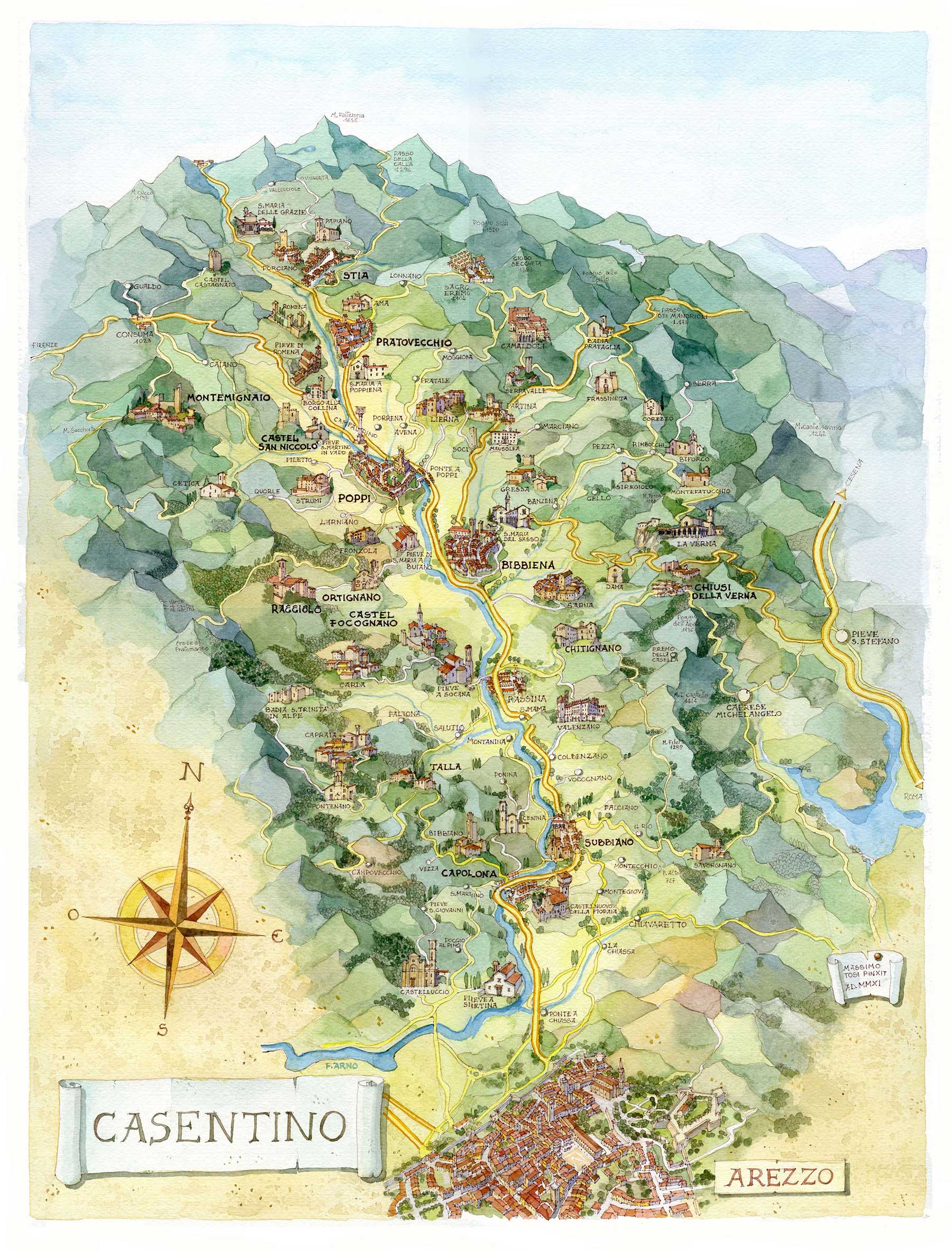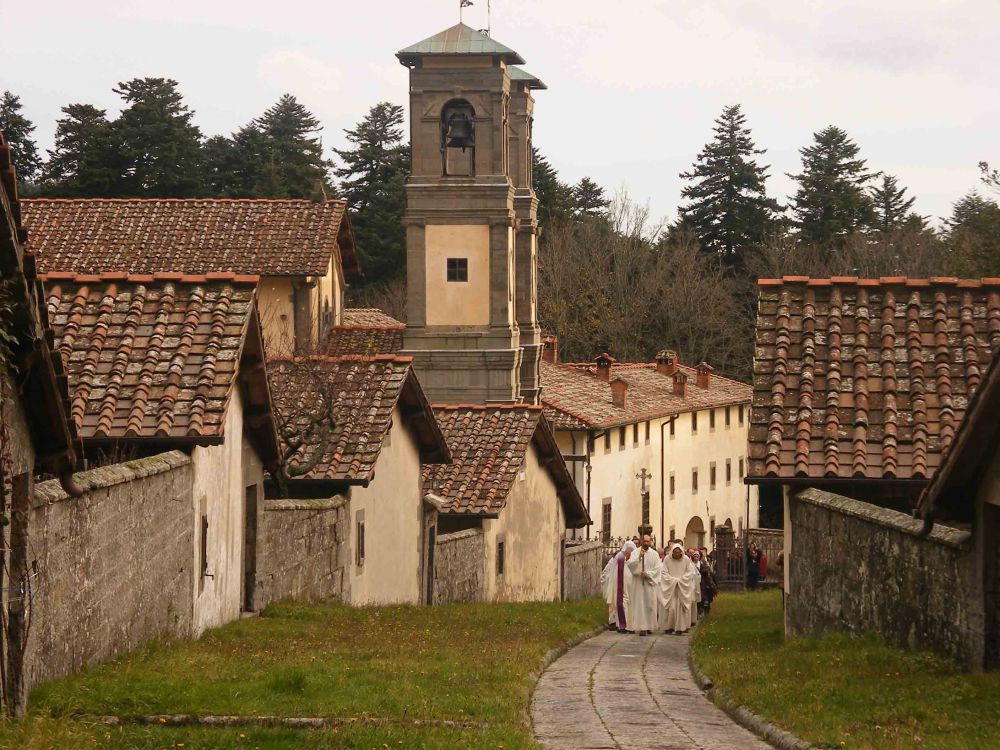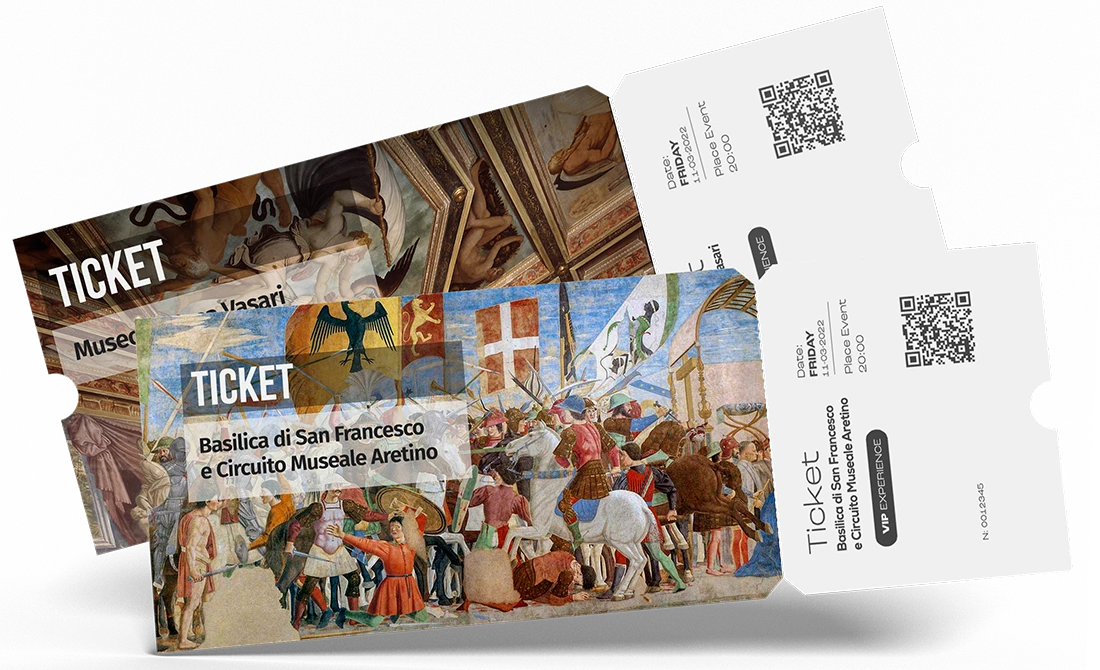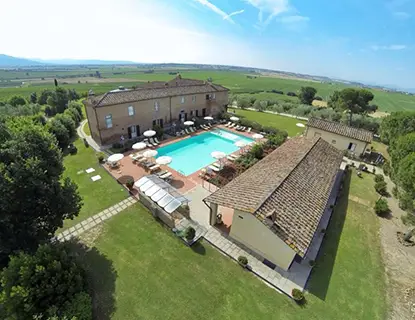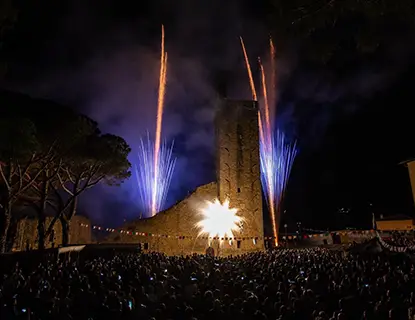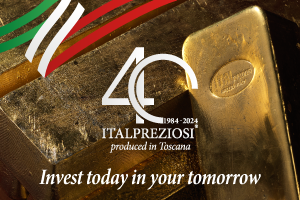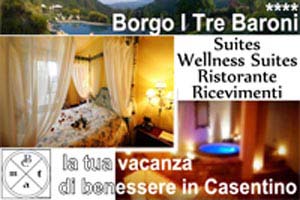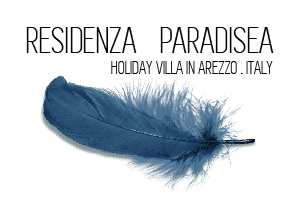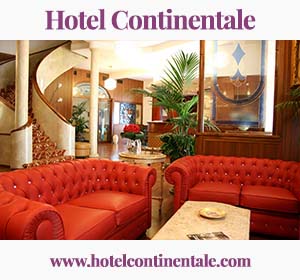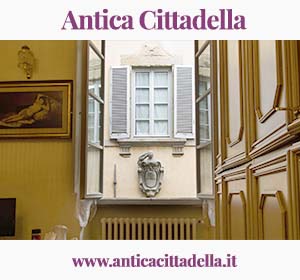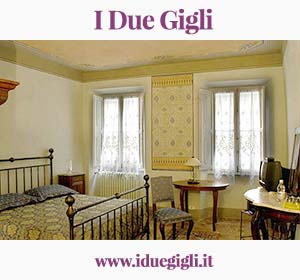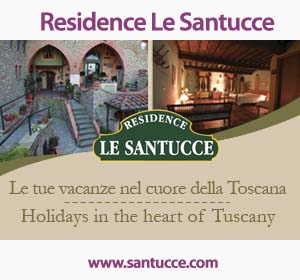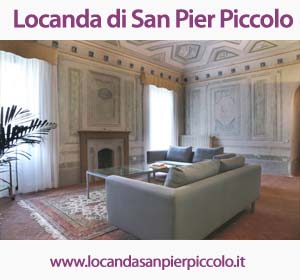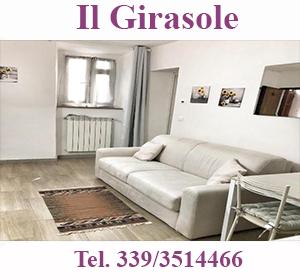What to see in Casentino
Cosa Vedere in Casentino
The Casentino is one of the four main valleys of the province of Arezzo ; located north of the province, covers an area of about 800 km², and has 48.870 inhabitants.
It is the valley where the first part of the Arno river flows, which springs from Mount Falterona (1654 m asl). Mount Falterona, together with Mount Falco (1658 m asl), is in fact the northern limit of the valley, on the border with Romagna. The Alpe di Serra and the Alpe di Catenaia separate the Casentino from the upper Val Tiberina to the east. To the west the Pratomagno massif separates it from the upper Valdarno. The western reliefs of the complex of Mount Falterona, finally, separate the valley from the Mugello .
The Casentino has a roughly oval shape whose major axis measures about 60 kilometers and the minor about 30 kilometers. Landscape varies from the large forests of the mountain areas to the flat and hilly areas of the valley floor.
The peculiar characteristics of the territory are probably one of the causes that led Francis of Assisi to choose La Verna (today the seat of a Franciscan convent) as a place of prayer, and Saint Romualdo to found the hermitage of Camaldoli .
If we consider the merely geographical point of view, the Casentino includes some small parts of the municipalities of the neighboring provinces, such as the area of the municipality of Londa between the present provincial border and the pass of the Croce dei mori.
From an administrative point of view the valley is divided into 12 municipalities: Bibbiena , Capolona , Castel Focognano , Castel San Niccolò , Chitignano , Chiusi della Verna , Montemignaio , Ortignano Raggiolo , Poppi , Pratovecchio Stia , Subbiano and Talla . The main Casentino centers are those of Poppi , which is part of the club of the "most beautiful villages in Italy", and Bibbiena , the main artisan and industrial center.
On 6 and 7 May 2012 the first regional advisory referendum was held to set up a single municipality of the Casentino. The Casentinese population, however, called to participate in the advisory referendum has responded negatively to the unification of the current 12 municipalities that make up the valley.
History
The Casentino was inhabited since the most distant prehistory, traces of settlements of the Middle Paleolithic are found in the territory. A gross error of the ancient texts attributes in the name of the Casentino to that of the Ligurian tribe of the Casuentini, instead the name appears in the Carolingian period in reference to the area of Romena. However, the presence of Ligurian lineage populations in the Catenaia area and on the Pratomagno is attested. In the Etruscan period there are many settlements and on its territory there are important places of worship such as the lake of the idols , in which thousands of votive statuettes and objects now exhibited in the most important museums of the world have been recovered. The Pieve a Socana was built on the ruins of a Roman temple built in turn on the ruins of an Etruscan temple of which there is a large 5th century altar. In the Middle Ages it was particularly highlighted for the events linked to central Italy and the Florentine expansion. One remembers the famous Battle of Campaldino where Dante Alighieri also fought.
The castles of the Casentino
A border area, the valley has seen the populations of the Longobards, Goths and Byzantines, who have attested their presence on the territory with fortifications from the early Middle Ages. The number of towers, of the fortresses of the residence castles and of the fortified villages exceeds 60 units. These rose almost always on the heights, along the road arteries and near obligatory passages, to control and dominion of the territory. The fortifications of the upper Casentino belonged mainly to the dynasty of the Counts Guidi , while from Bibbiena up to Subbiano they were subject to the family of the Bishops-Conti of the city of Arezzo. From the second half of the fifteenth century the Casentino followed the fate linked to the city of Florence.
To date, many of these castles, towers and fortifications can still be seen in the Casentino area, although in small numbers compared to the original one; among the best preserved, the castle of Poppi , which dominates in a central position the valley from the height on which stands the village of Poppi ; north of the valley between the municipalities of Stia and Pratovecchio the castle of Romena , dating back to the eleventh century, also in a dominant position, looks like a complex of ruins, the subject of a recent restoration, characterized by its 3 quadrangular towers and from an access road with 2 long rows of cypress trees; a little further north is the Castle of Porciano , essentially a large quadrangular tower built around 1000, which was restored after an accurate archaeological excavation and is now home to the owners and ethnographic archaeological museum, the tower is well integrated with the surrounding village: the whole has maintained its old shape thanks to strict architectural constraints. Porciano has a remarkable view of the entire valley (in favorable weather conditions from the village of Porciano you get to see the plain where Arezzo is located); further south, in the historic center of Bibbiena at Piazza Tarlati, the Clock Tower is clearly visible, that is what remains, along with a stretch of perimeter wall and a small tower, of the ancient castle destroyed during the Battle of Campaldino , in 1289.
Many of the castles and towers of the Casentino were destroyed during battles, especially at the end of the fifteenth century: at that time the captain of fortune Bartolomeo d'Alviano, in the pay of Venice, destroyed many of the Florentine fortified outposts, having failed to conquer the main one, or the castle of Poppi; among the destroyed castles, the castle of Fronzola, a few kilometers from Poppi, which in the past had had a prominent political and strategic role in the Casentino territory (the position of the castle was favorable for using siege weapons towards Poppi, Bibbiena, and the entire Campaldino plain); the castle, accessible reaching the locality of Fronzola near Poppi, presents itself today as a set of ruins in a state of neglect, largely covered by vegetation. Other Casentino castles in ruins until recent times, had a better fate than that of Fronzola: this is the case of the Palagio Fiorentino, located in Stia, and the castle of Valenzano, situated instead to the extreme south of the valley; the ruins of the castles, both of ancient construction (the first dates back to the XIII century, the second was built from the tenth century) were the subject of intense restoration at the end of the nineteenth century, which retained the original appearance of the castles, introduced also architectural elements of late romantic influence.
Tourism
The tourist attraction of the Casentino is mainly due to its natural environments and its geographical isolation. Surrounded by mountainous areas with reliefs that reach even 1658 meters (Mount Falco) covered by extensive wooded areas in large part included in the National Park of Casentino Forests . The tourist potential of the Casentino lies in the fact of constituting a perfect environmental historical sample representative of Central Italy. At the bottom of the valley there are historical centers grown through events and phases comparable to those of larger cities in other areas; on the mountain slopes there are the ruins of a hundred castles of which only the village that preserves its name has been preserved. From the high-altitude pastures we pass to beech woods, then to chestnut groves, oak woods and cultivated fields, today residues of the sharecropping system on the Apennine slope and a small mountain property once dedicated to pastoralism and chestnut harvesting on the Pratomagno side. All this is enhanced by an extraordinary amount of historical documents, still little explored, that illustrate every aspect of the development of the valley from before the twelfth century, up to our days.
In Casentino there are also several points of interest, artistic and especially religious; in addition to the castles and towers mentioned in the section "Castles of the Casentino", of particular interest are the Pieve di Romena , a Romanesque church in the municipality of Pratovecchio, and important religious centers such as the Sanctuary of La Verna , the Monastery of Camaldoli , the Hermitage of Camaldoli and the sanctuary-monastery of Santa Maria del Sasso, near Bibbiena.

Fai passare il cursore del mouse sopra la Cartina e potrai ingrandire la zona desiderata
